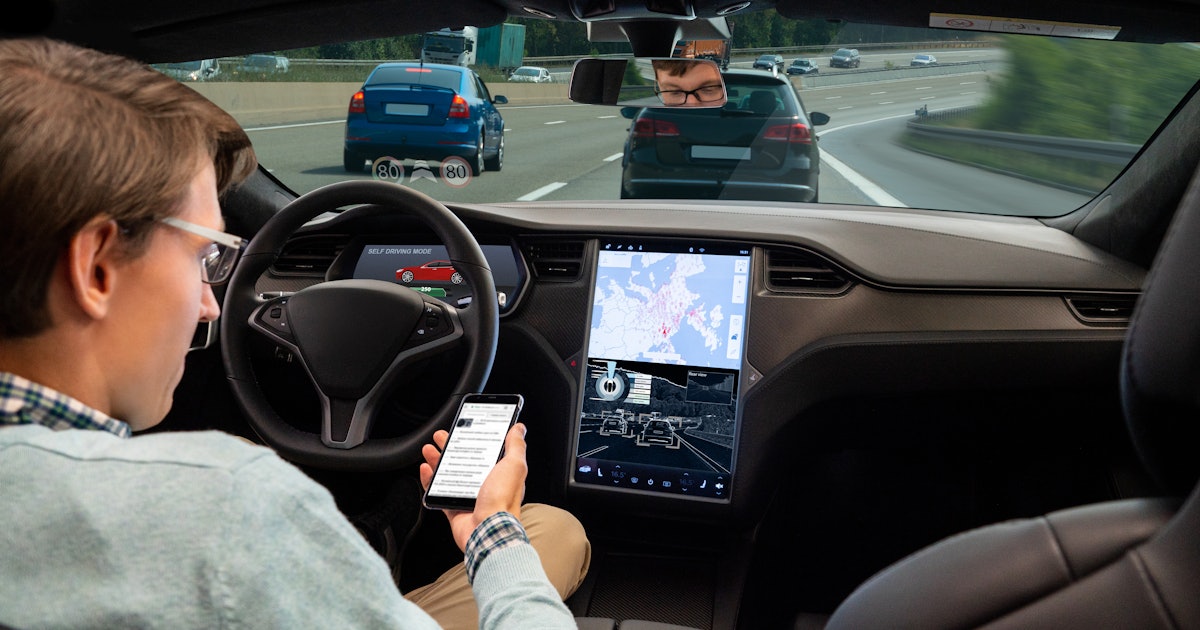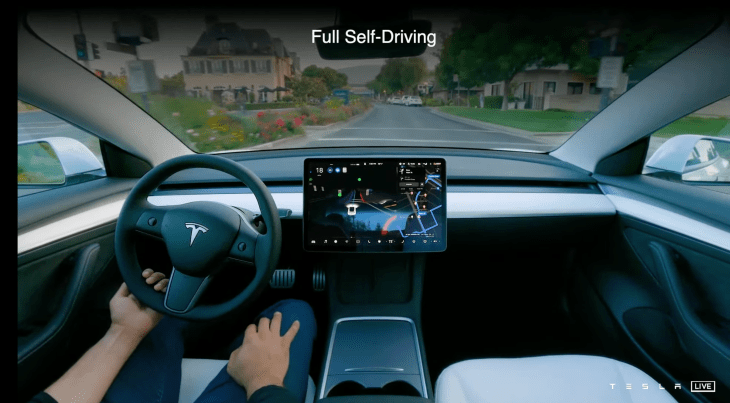After the latest price hike for full self-driving technology Tesla fans are beginning to doubt Elon Musk.

Key Highlights
- The sudden change of heart came after Musk informed Tesla owners in the United States via Twitter on Saturday that they had until January 17 to purchase his contentious Full Self-Driving (FSD) feature before the price was increased by a fifth to $12,000.
- For the time being, FSD is only officially classified as a "Level 2" feature, which means it is fundamentally similar to any other driver-assist feature found in competitor vehicles in that it all requires constant supervision and monitoring when in use.
- Musk admitted during a podcast with Lex Fridman in late December that developing full autonomy is proving to be much more difficult than he anticipated.
- Many customers are now considering trading in their ageing Teslas for a new model, but are concerned that they will not be reimbursed for the full cost of FSD on the used market, and that the feature will not be transferable to their next purchase.
Advertisement

Tesla is renowned for having the most devoted fan base of any automaker, but even these hardy souls are beginning to doubt CEO Elon Musk.
The sudden change of heart came after Musk informed Tesla owners in the United States via Twitter on Saturday that they had until January 17 to purchase his contentious Full Self-Driving (FSD) feature before the price was increased by a fifth to $12,000. Monthly subscriptions will also increase, though Musk did not specify by how much or when.
Rather than the usual excitement from supporters that it represents a significant step forward in the development of "Level 4" autonomy—the point at which a car effectively becomes a robotaxi—the reaction from even his most ardent supporters ranged from surprise to disappointment.
"With FSD take rates in the low teens, why not delay treatment until FSD reaches L4" enquired Tesla bull Gary Black, while Rob Maurer, host of the popular Tesla Daily podcast, simply responded with an astonished face emoji.
Advertisement
Meanwhile, blogger Omar Qazi's Whole Mars account pleaded with Musk to reinstate the less expensive Enhanced Autopilot (EAP), arguing that it could eventually result in upselling to satisfied customers: "Some people simply want auto lane change and are uninterested in beta testing at the moment." However, EAP may act as a gateway drug to FSD. "
Significantly behind schedule.
Investors have lauded the potential for FSD software to generate more incremental profit than the sale of a Tesla vehicle, thereby justifying the company's current $1 trillion+ valuation—more than the next nine largest automakers combined.
However, the reason FSD is so contentious is because Musk used a fear-of-missing-out strategy. He repeatedly urged customers to buy in early as the price of the feature would only increase over time as software improvements were made.
Advertisement
Yet no new features have been added to the US market since October 2020, when he increased the price by $2,000 to $10,000. This increase was justified by the addition of Autosteer on City Streets, a feature that is currently in beta testing with a select group of Tesla owners, with the majority of FSD customers still waiting.
Musk famously predicted that by the end of 2020, 1 million Tesla robotaxis would be on the road, earning money for their owners. Yet he is now more than a year late in fulfilling his promise to Tesla owners in the United States (customers outside the country are still awaiting even a promised date).
For the time being, FSD is only officially classified as a "Level 2" feature, which means it is fundamentally similar to any other driver-assist feature found in competitor vehicles in that it all requires constant supervision and monitoring when in use. Musk admitted during a podcast with Lex Fridman in late December that developing full autonomy is proving to be much more difficult than he anticipated.
Many customers are now considering trading in their ageing Teslas for a new model, but are concerned that they will not be reimbursed for the full cost of FSD on the used market, and that the feature will not be transferable to their next purchase.